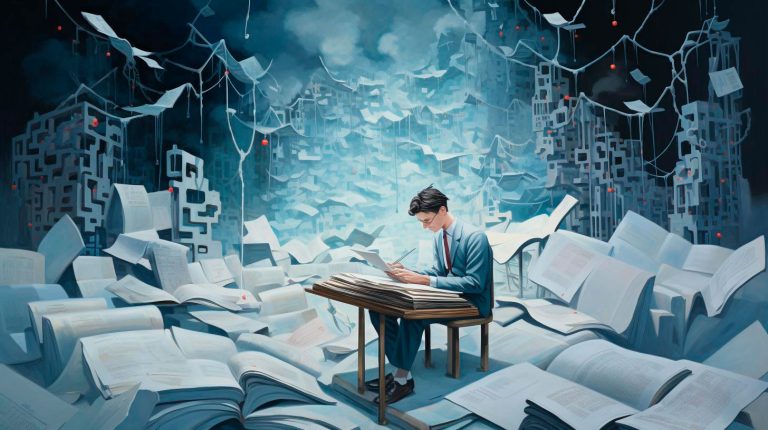But, you don’t need expensive equipment or professional training to achieve great composition in photography. In this article, we will explore some DIY techniques that will help you enhance your composition skills and take your photography to the next level.
The Rule of Thirds
The rule of thirds is a fundamental principle of composition in photography. It divides the image into nine equal parts using two horizontal and two vertical lines. The intersecting points of these lines are known as the “”power points.”” Placing your subject along these power points rather than centering it creates a more visually appealing and balanced composition.
- Divide your frame into a 3×3 grid using two horizontal and two vertical lines.
- Position your subject along the power points for a visually pleasing composition.
- Experiment with different placements to create different moods and visual effects.
Leading Lines
Leading lines are another powerful composition technique that adds depth and draws the viewer’s eye into the photograph. These lines can be found naturally in the environment or created intentionally. By positioning your subject along leading lines, you can create a sense of movement and guide the viewer’s gaze through the image.
- Look for lines in your scene, such as roads, fences, or even natural elements like rivers or branches.
- Position your subject or use the lines to lead the viewer’s eye towards the main focus of the photo.
- Experiment with different angles and perspectives to create dynamic compositions.
Foreground Interest
Incorporating foreground interest in your compositions can add depth and create a sense of dimension in your photographs. By including elements in the foreground, you can create layers within the image, adding visual interest and drawing the viewer deeper into the scene.
- Look for interesting foreground elements, such as rocks, flowers, or architectural details.
- Position your subject in the background while using the foreground elements to frame or lead the viewer’s eye towards it.
- Experiment with different apertures to achieve the desired depth of field and ensure that both the foreground and background are in focus.
Symmetry and Patterns
Symmetry and patterns can create visually striking compositions that grab the viewer’s attention. By finding and capturing symmetrical elements in your scene, you can create balance and harmony in your photographs. Patterns, on the other hand, can add interest and create a sense of repetition and rhythm.
- Look for symmetrical elements in your surroundings, such as architecture or natural formations.
- Position your subject along the central axis to create a symmetrical composition.
- Explore repetitive patterns, such as tiles, windows, or even groupings of people, and use them to create visually engaging images.
Key Takeaways
- Mastering composition techniques can greatly enhance the visual impact of your photographs.
- The rule of thirds helps create a balanced composition by placing your subject along power points.
- Leading lines add depth and guide the viewer’s eye through the image.
- Foreground interest adds layers and dimension to your photographs.
- Symmetry and patterns create visually striking compositions.
By practicing and experimenting with these DIY composition techniques, you can elevate your photography skills and capture images that leave a lasting impression. Remember, composition is subjective, so don’t be afraid to push your creative boundaries and develop your own unique style. Happy shooting!














+ There are no comments
Add yours